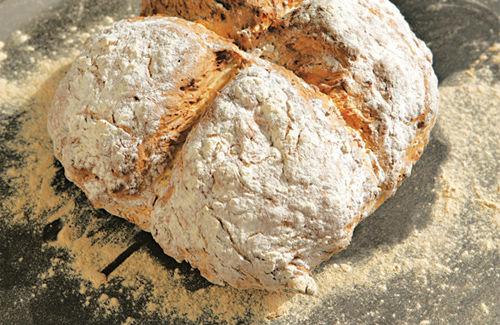Free food
The first in an occasional series on ideas for eating ‘for
free’, as they now say:
From a 1885 book Why
not eat insects? By Vincent M Holt
‘Woodlice sauce is equal, if not distinctly superior to
shrimp’ wrote the Victorian Naturalist Vincent M Holt. ‘Put into a saucepan a
quarter of a pound of fresh butter, a teaspoonful of flour, a small glass of
water, a little milk, some pepper and salt.
Place it on the stove, heat and stir.
As soon as the sauce is thick, take it off and put in the (boiled)
wood-lice. This is an excellent sauce for fish.’

